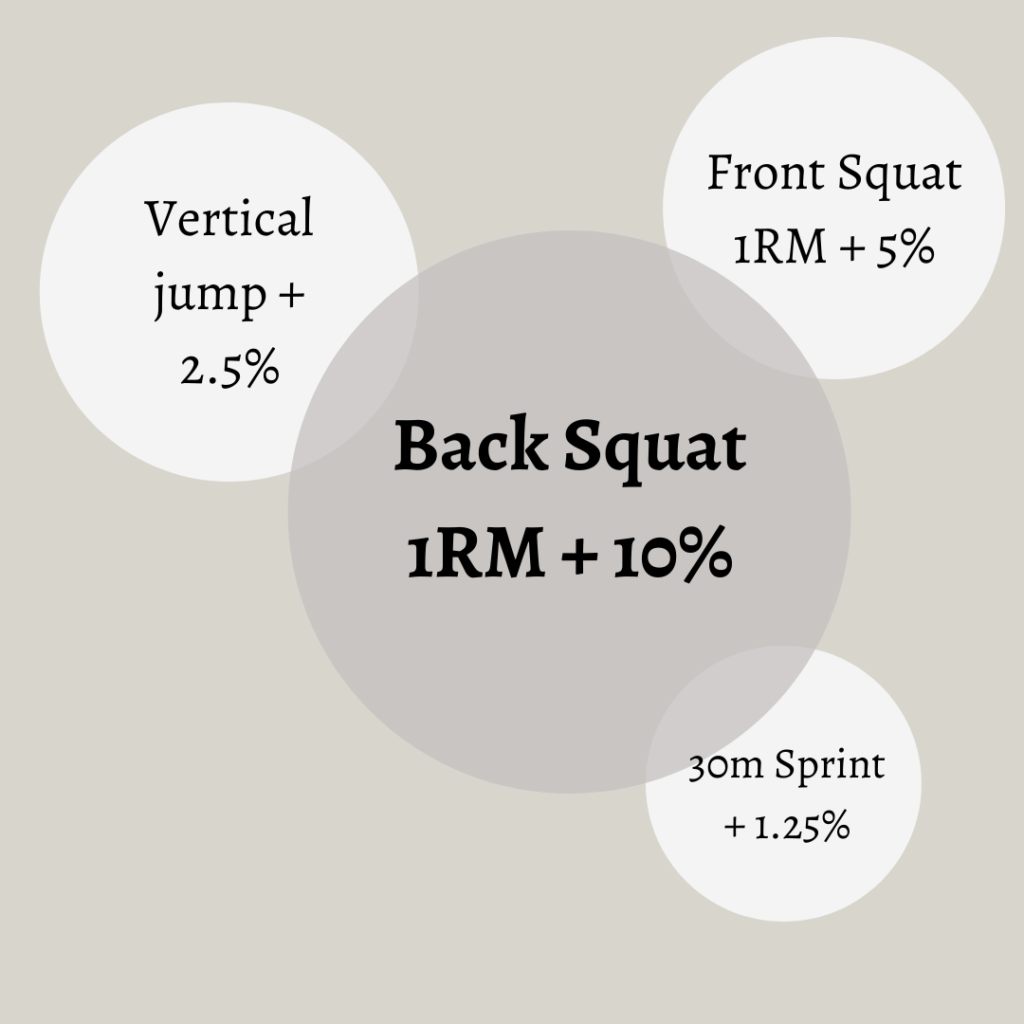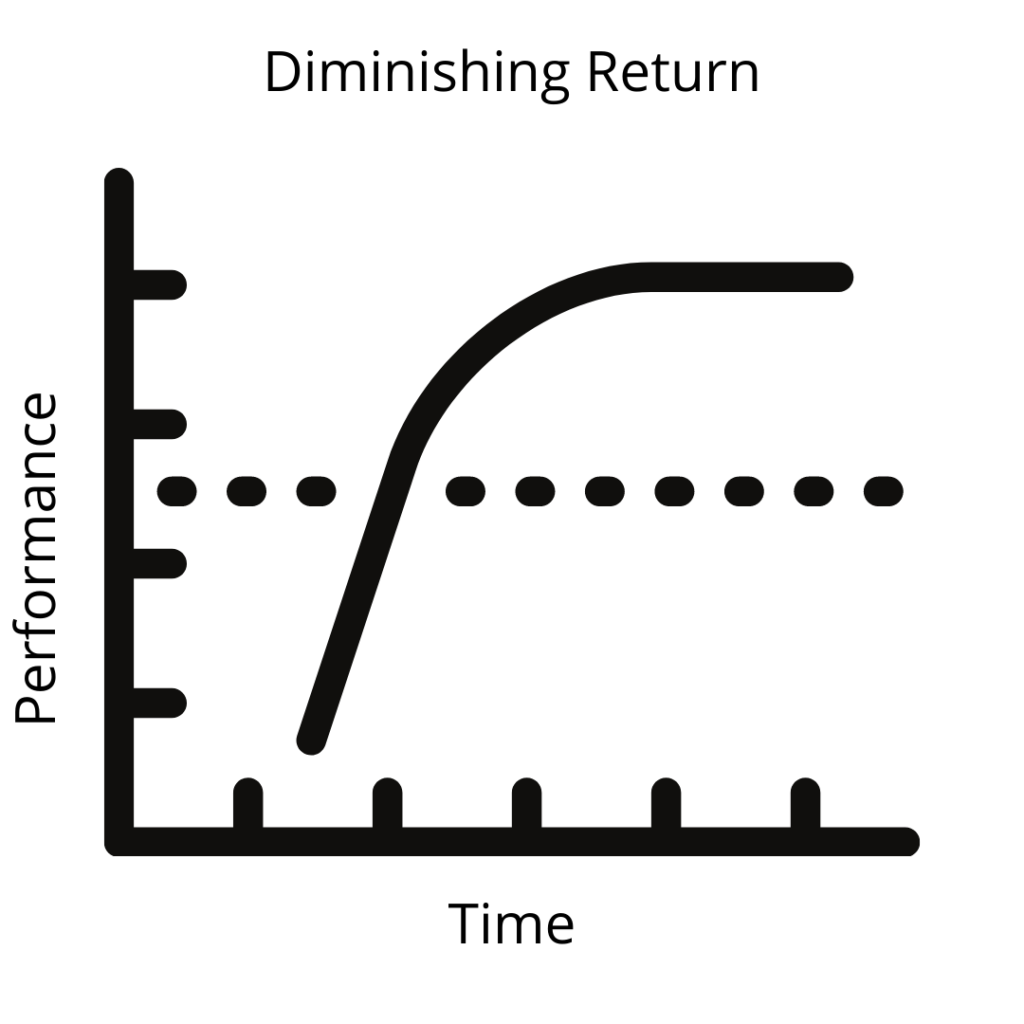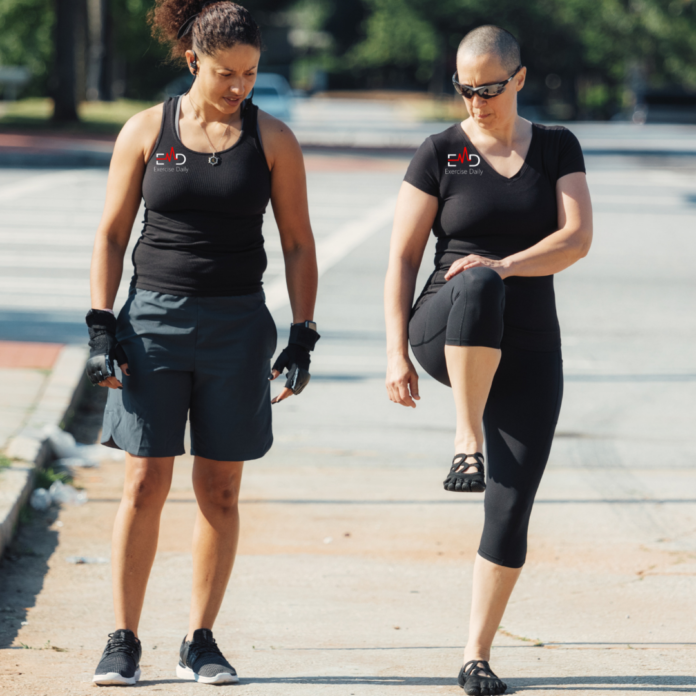Table of Contents
Exercise Daily – Explain how specificity plays a role in high performance sports? To understand this, first, we need to know the concept of specificity.
When we relate specificity to high-performance sports, it means the adaptation that we get is specific to the training we perform. Looks kind of tricky, right? Don’t worry!
In other words, specificity relating to high-performance sports means “you get better at what you train for.” Let’s understand this using some examples.
For example, if you are training for a 100 meters running race, you will get better at 100 meters running race. Similarly, if you keep on practicing bench press, you will get better at the bench press.
Factors of Specificity
Generally, specificity comes in different forms. The training that we do can be specific to our sports event in many different ways. For example, physical and cognitive.
Physical Factors
The first factor of specificity is physical, which we mostly think of in athletic training. So, exercise can have specificity in regards to the following physical factors:
Force Requirements
In specificity, the force requirements refer to the force we exert while during the training. For example, if you are doing running training, so it means the force you exert on the ground to keep running fast.
Velocity
In specificity, velocity refers to the speed at which we do exercise or training. For example, while running, it means the speed at which you are running. While discussing “explain how specificity plays a role in high performance sports,” velocity is an important physical factor.
Force Vectors (Direction)
The force vectors refer to the direction of the force you are exerting while doing your training. In the case of running, it means in which direction you are running.
Movement Patterns
In specificity, movement patterns refer to the muscles or joints involved in your training. For example, while running, it is evident that our leg, foot, and arms muscles are all involved in the movement.
Skill of Sport
The skill of sport is highly interlinked to the movement patterns of each specific sport.
Energy Systems
In specificity, the energy system refers to the systems of our body that are directly involved in providing energy to that specific training or exercise.
Cognitive Factors
Cognitive factors involve the cognitive behaviors of the human brain while doing specific training.
Stimuli
Stimuli is the most important and major cognitive factor involved in the specificity of sports training. In simple words, stimuli are our response to our outside events. It can either be visual, hearing or touching.
Sometimes, the people around us perform a certain action that changes our decision-making ability in a particular sport or event.
For example, while playing football, have 2 or more opponents blocking your way. You will change the course of your movement and dribble through them to hit your goal.
So, it means those opponents highly affected your decision-making. Generally, there are millions of stimuli that we experience every day, or maybe every moment. However, there are certain stimuli specific to a particular sport or exercise.
Explain how specificity plays a role in high performance sports?
In the previous section, we discussed the basics of specificity and how specificity plays a role in high-performance sports. Now, let’s take a look at the transfer of training to performance.
Transfer of Training to Performance
When we practice for an exercise, we get better at it. Not only this, but we also get better at other exercises too. It all depends on the factors we discussed in the previous section. The more specific or similar the exercises are, the more transfer they will have in them.
For example, if you increase your back squats 1 RM by 10%, which is quite a substantial increase, you may get a 5% increase in your front squat 1RM.
So, it means, by increasing back squats, your front squats are also improving, although front squats are a very similar exercise but not exactly the same.
Similarly, you may also get a 2.5% increase in the vertical jump, because again, they are somewhat similar movements. So, there may be some transfer of training, but not all transfer because they are not exactly the same exercises.
Moreover, with the 10% increase in back squats, you will have a 1.25% increase in 30 meters sprint. But again, there won’t be 100% transfer of training because the force, direction, stimuli, and all factors are different for back squats.
So, in the following illustration, you can see that how an increase in back squats training, we get better at other exercises too:

Rules for Specific High-Performance Sports Training
While discussing “explain how specificity plays a role in high performance sports,” it is important to talk about general rules regarding it.
A basic degree of fitness is necessary to participate in most sports and physical activities.
It doesn’t matter if you play soccer, basketball, or are training for a marathon; you need to maintain good aerobic conditioning. It is a crucial component of every athlete’s overall training program.
When an athlete desires to achieve success in a certain sport or activity, the specificity principle of sports conditioning comes into play to help him, or her achieve that success.
Your training must progress from being extremely general—such as weightlifting and cardio—to being highly particular, such that it involves doing that activity or skill.
You must pedal if you want to be a good cyclist. A runner should run to train, and a swimmer should swim to train.
It is common for training programs to be broken down into several components in sports that need a more diverse collection of talents.
As an example, in baseball, you might train for the positions of batting, catching, throwing, and pitching, among others. Accuracy and bursts of speed, as well as agility and shooting accuracy, would be part of a basketball training regimen.
The training simulates the action and abilities that will be required in the game or activity. Fitness components such as strength, power, and endurance can be emphasized alone or in conjunction with one another.
For example, although a marathon runner may train primarily for endurance and strength, a weightlifter will focus on strength and power as his or her primary goals.
Benefits of Specificity in High-Performance Sports
We hope now you are familiar with “explain how specificity plays a role in high performance sports.” So, let’s talk about some benefits of specificity in high-performance sports.
Training for specificity has as its primary purpose the conditioning of the muscles that will be employed in the target activity. As you practice certain activities over time, you create muscle memory for them, which allows you to accomplish them without having to think about them.
Training allows you to master the talents you’ll need and learn the most effective form to apply as you go. You can also advance to acquiring versions of those talents, which may prove to be even more beneficial during a game or activity in which you are participating.
If you are preparing to run a race, for example, you will concentrate on improving your speed and endurance as part of your preparation.
However, you should exercise in situations that are similar to those that you would encounter during the race.
To prepare for the distance and pace necessary, athletes should practice on similar terrain to the one they will be racing on, including hills, pavement, and weather conditions.
Despite the fact that you could just run on a treadmill, this would not prepare you emotionally and physically for the variety of situations you will encounter during a road race.
Drawbacks of Specificity in High-Performance Sports
While discussing “explain how specificity plays a role in high performance sports,” let’s have a look at its downsides too.
It is important to note that a well-designed training program takes into consideration characteristics of fitness that are not exclusive to a sport.
You must nevertheless maintain general fitness and maintain a healthy balance between the growth of opposing muscle groups.
If you concentrate solely on drills and abilities that are exclusive to your sport, you may find yourself lacking in balance. In the long term, this may have a negative impact on your athletic ability and performance.
Problems Linked to Hyper-Specificity in Sports
It seems like if we want to get better at a sport or an exercise, we should simply just do that exercise in the exact same way that we want to get better at it.
However, this isn’t exactly true. The issue with always performing the exact exercise we want to get better at it that we have this principle of diminishing returns.
So basically, any exercise we do, the longer we do it, the less return we get, and so eventually performance will Plateau.
We may initially get some good adaptations from that exercise and improve quite quickly, but then over time, eventually, we start to stagnate and fail to further improve our performance.
For example, if you are training to throw a javelin, it is possible that with every throw, you will cover more distance. Although you will be getting better at it, there will get the point when you will not get any more benefit from the training.

6 Principals of Sports Conditioning
When you talk about “explain how specificity plays a role in high performance sports,” you can’t really ignore sports conditioning.
All other efficient training approaches are built on the foundation of the six principles of sports conditioning. These cover every area of establishing a strong foundation for sports training.
- Individual differences: Because each person is unique, training must be tailored to their specific needs.
- Overload: It is necessary to increase the amount of stress or load that the muscles are subjected to in order to enhance their fitness.
- Progression: The difficulty of your training sessions should increase as your fitness level improves, and the workload should increase as well.
- Adaptation: Your training might be dictated by your body’s capacity to adapt over time to an increase in physical activity.
- Use and disuse: You must continue to use your muscles in order to maintain conditioning.
- Specificity: The process of preparing for certain sports activities.
Once a training program has been set together, the most obvious method is to use a periodized strategy that cycles the intensity and training objectives.
Not only must the training be appropriate to your sport, but it must also be unique to your individual talents. This involves, among other things, your tolerance for training stress, your capacity to recuperate, and your commitments outside of the gym.
The importance of increasing training loads over time, enabling some exercises to be less severe than others, should not be overlooked. In addition, you should do training on a regular basis.
You should schedule your sessions often enough to avoid a detraining impact. Moreover, it will help you to adjust to the conditions you may experience on game or race day.
Conclusion
So, it was all about “explain how specificity plays a role in high performance sports.” To conclude all of our discussion, let’s rewind a bit.
The ideal athletic training programs provide a well-balanced schedule. The balance should base on the principles of sports conditioning and incorporate them into the program.
The specialization of your training will depend on the sport you choose as well as your own demands and objectives.
The concept of specificity emphasizes that sports training should be relevant and suited to the sport for which the athlete is training in order to create the intended impact.
Training should also develop from general conditioning to specialized training for the specific talents necessary for that sport or activity.
Specificity training, in its most basic form, means that you must execute the skill in order to improve at it. That ancient saying, “practice makes perfect,” is based on the notion of this principle.
If you have some good examples of specificity in high-performance sports, then share them with all of us in the comments section below. We will love to make additions to this comprehensive guide.






